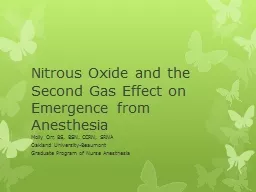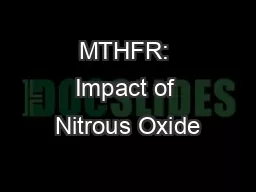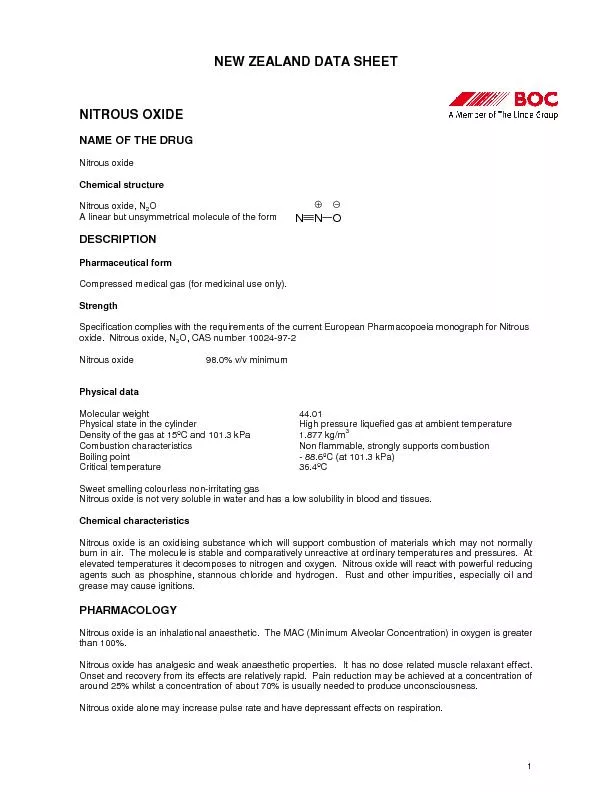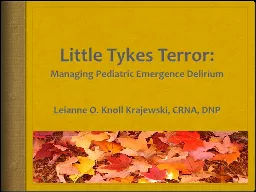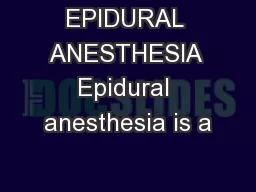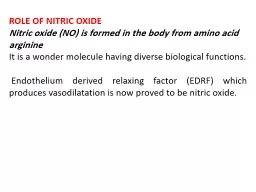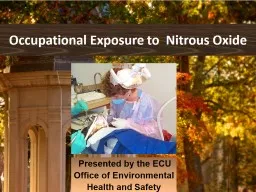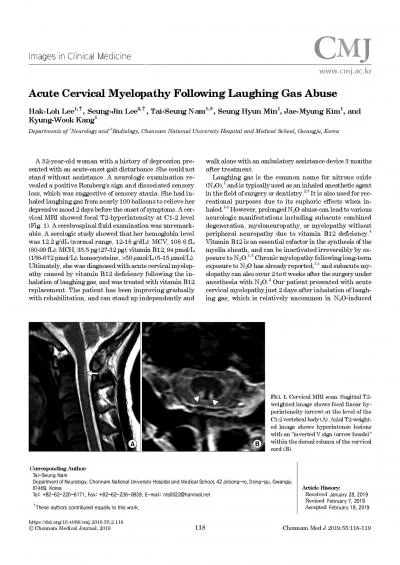PPT-Nitrous Oxide and the Second Gas Effect on Emergence from Anesthesia
Author : danika-pritchard | Published Date : 2019-11-22
Nitrous Oxide and the Second Gas Effect on Emergence from Anesthesia Molly Orr BS BSN CCRN SRNA Oakland UniversityBeaumont Graduate Program of Nurse Anesthesia Peyton
Presentation Embed Code
Download Presentation
Download Presentation The PPT/PDF document "Nitrous Oxide and the Second Gas Effect ..." is the property of its rightful owner. Permission is granted to download and print the materials on this website for personal, non-commercial use only, and to display it on your personal computer provided you do not modify the materials and that you retain all copyright notices contained in the materials. By downloading content from our website, you accept the terms of this agreement.
Nitrous Oxide and the Second Gas Effect on Emergence from Anesthesia: Transcript
Download Rules Of Document
"Nitrous Oxide and the Second Gas Effect on Emergence from Anesthesia"The content belongs to its owner. You may download and print it for personal use, without modification, and keep all copyright notices. By downloading, you agree to these terms.
Related Documents

